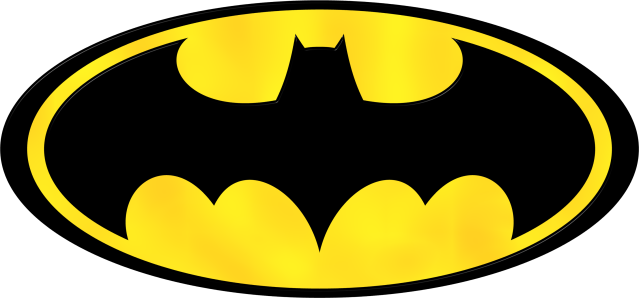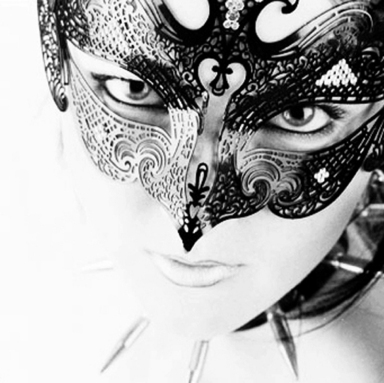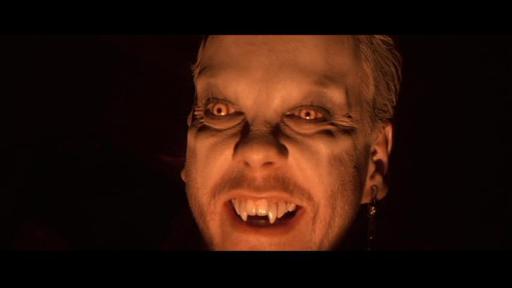This title is a lie. My first memory is actually an accumulation of several smaller fragments of memories; two-dimensional snapshots from an old Polaroid camera, the inscription of pen on the white strip faded to the point of bare legibility.
The snapshots are these:
A library somewhere in one of the outlying counties of Denver, Colorado. Not the full library, just the entry way, one snapshot upon entering, the other as I am exiting. The narrow way was occupied by privacy desks down the center of the walkway. They stood high over my head, though I now believe they were probably small by adult standards, fitting that average height of a hundred years ago, though the building could not have possibly been that old.
As one began to walk further down this hallway, the checkout counter is on the left, manned by several slow moving adults and one or two of the younger generation, whose energies always seemed to strain against the pressure of solemnity that a proper library demands. To the right are rooms, but their specific details have faded from the picture.
Almost to the books, but not quite, several of the desks have computers on them. Large, charcoal screens that dare you to free them, to be hypnotized by their use. I always acquiesce. The keys to these beasts lay in a mystical cupboard somewhere beyond the long checkout desk. To obtain them, a signature and confident air is required. I am bound to choose one of two keys that are each contained in the plastic cartridges of film negatives. One of these containers is red and will read me the story of Clifford the Little Red Puppy while displaying the accompanying pictures. The other is housed in a black magazine and when played reveals a story called There’s an Alligator Under My Bed. Though the story of Clifford is to me as he is to Emily Elizabeth – comforting, familiar, and lovable – I always find myself inexorably drawn to the latter. I hate this story. Though I do not remember the first time I watched it play out before me, I am sure that I hated it at the very beginning. Yet still that voice inside me claws its way from my stomach, past my pounding heart, and to my lips and asks for it.
The adults at the counter know that I will choose one of these two stories and I do not deviate from my choices. They allow the independent four year old to operate the large computer by herself, inserting the film, starting the program, plugging in the cold blue headset, becoming entranced.
The story is one of basic childish literature, with haunting repercussions. It’s about a boy who discovers that there is an alligator that has taken up residence under his bed. So that he doesn’t get his feet bitten off by the animal, the boy must use a wooden board as a plank to get to and from his bed safely. The story ends the way it must. The boy lures the creature out from under his bed by setting a candy trail that the alligator follows out from under the bed, through the house, and finally out the garage, never to return. But for me the alligator never could be lured out.
My preschool dreams were plagued by night terrors that the voices in the dark whispered and spun around me; not voices in my head, but from some place that my vivid, childhood imagination allowed access to. Caught in the spiteful world of dreaming that you are awake in your bed and trying to sleep, they would come. Not just the alligator, which was far more fearsome and terrifying than any illustrator of children’s books could create – black as a shadow with eyes the size of my thudding heart and incandescent red – but also a creature conjured entirely by own mind. It was a miniature monstrosity the size of a large guinea pig with the jaw and teeth of deep sea angler, the dead, menacing eyes of a shark, covered by the quills of a porcupine, and its salivating mouth emitted a sound that was akin to a metallic snake’s hiss. This devil made its attack on my life from under my pillow. When these two wretched things failed to produce the screaming wails that became a common accompaniment of my nights, the insects would set about me. Everywhere I looked, small ant-like creatures descended on me, devouring my soft flesh, chewing their way through my tender sinews and bones, but, most horribly, they would consume my eyes. As soon as they would reach this most vital and betraying pair of baby blue eyes, I would be shaken awake.
These are the snapshots that plaster the walls of my first memory.
Once again assailed by these hellish dreams, I awake in a panic, my hummingbird heart tapping out a rhythm that my feet cannot match as I jump from the bed, careful to gauge exactly how far I need to jump to be out of reach from the alligator’s snapping jaws. I run down the hall of our bi-level home, past the room where my two older sisters lay sleeping in peaceful calm, and to the stairs where I take refuge on the top stair of the two parallel flights. The second flight, which I cannot see because the banister is blocking the way, leads down to our school room, where my mother home-schools us and we recite the Pledge of Allegiance every morning, and to my parents’ bedroom.
Tucking the frilled edge of my yellow nightgown over my knees, which are pulled tightly up against my chest, I call for him. The only person in the world who is big enough to frighten away that which frightens me. I am his baby girl and he is my valiant protector.
I can hear him speaking, hear his strong voice speak to my mother in friendly tones, a hint of laughter in his voice. I call him by that moniker that so many children reserve for this most important person. But he does not hear me. Again and again I call him, each time a little louder, each time more confident in my rescue.
There is a hush from below and I know his ears, if not his heart, has alerted him of my troubles. I call to him again and there is a sound of a great rush of air issuing from a cave of lungs.
Something has gone wrong. I can feel it. My heart, which was calmed down, now resumes its frantic pacing. Great sounds of booming footsteps I can hear and want it to stop. But it doesn’t. It’s closer now. On the stairs. Coming for me. As he rounds the small entryway landing that serves as the point of separation of the two staircases, I know. I know that I am wrong. I know that he is wrong. In his eyes I see reflected, not the warm paternal tenderness I have come to expect, but the eyes of hell fire that I have just escaped from.
He pauses on the landing for the briefest of moments, those eyes locking in on the target of their wrath. On my four-year-old, trembling body. My feet shoot out from the comforting lock of my arms and hit the stairs but I cannot propel my body fast enough. His legs are long and his reach is far. He grabs me before I can begin my retreat and I am propelled towards that room of my nightmares. I wait to be woken up, but I know that this is not the ants devouring my eyes. This is worse because this is not a dream. The screams that fill the night will not be sufficient to wake me.
I am forced to the putrid orange, shag carpet. I am not going to be unceremoniously tossed back in my bed as I can only hope for, but rather under it, where that black beast waits with savage, open maw. I do not see him, for my eyes are pressed tightly together. I flail and struggle against an iron grasp. But I know he is there and I wait for the inevitable disarticulation by razor teeth.
It does not come.
The voice, just moments ago tinged with love and laughter, demands now that I see I am safe from monsters. But I see nothing. The consuming fear of this moment embeds itself ten layers into my future. As he leaves me, shaking and alone once again in my big, empty bed, I realize the truth of it all: That night the monster had escaped. Through some horrible mitosis, the creature I feared most had split and one half will return every night until I can finally bring myself to confront it again when I am a defiant fourteen years old and I force myself to give the beast one final ultimatum: destroy me now, or be gone, but be done with this teasing charade. The other half has engulfed the person I love most. His eyes, his voice, his strong hands, the things I took so much sanctuary in, joined the league of beasts that would assault my unconscious for the remainder of my childhood. The monster was both without and within.
This is my first memory.











